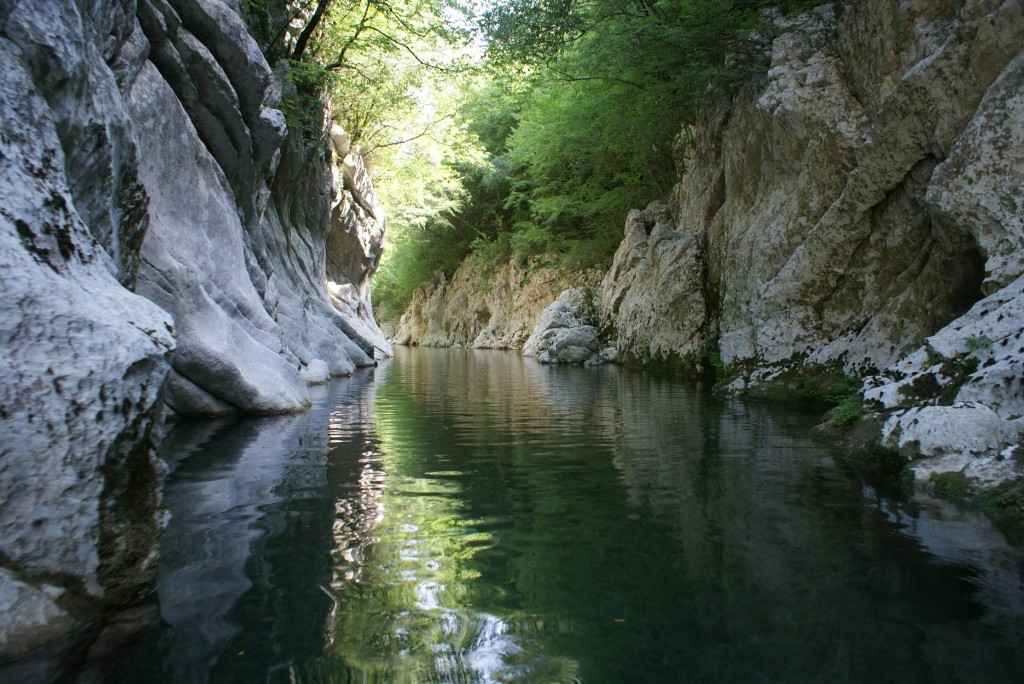 The National Park of the Cilento
The National Park of the Cilento is the place, where calm and wisdom are in the DNA of its inhabitants. It's a territory with touching landscapes, where the natural happiness has finely engraved and depicted mountains, valley plains, thick forests of durmast oaks, beeches, oaks and olive trees, which are habited by wild animals like peregrine falcons, badgers and otters. This big National Park has also chestnut forests, where wild pigs and other omnivores live symbiotically.
Here flora and fauna live together on a wild and unspoiled land, which is surrounded by the archaeological and historical memories of Magna Graecia.
The Cilento is the birthplace of the great philosopher Parmenides, the founder of the Eleatic school of philosophy, and of his student Zeno.
In addition the Cilento and Vallo di Diano National Park is part of the UNESCO World Network of Biosphere Reserves; a natural paradise of a surface area of 185.000 hectares. At the coast side it extends from Sapri to Capacio and in the inland it streches till the Appennines.
There are a lot of recommended trails, easy ones as well as challlenging ones. Walking these trails permit the enthusiasts to observe the wealth of the fauna, the vast forests and the mountains Cervati and Sacro, which are home to rare species such as wolves and royal eagles. Among nature's rareties, do not miss the caves of Castelcivita in the Alburni mountains, the Angel cave of Pertosa/Auletta, with its fabulous itinerary along an underground river and the Grava of Vesalo. Another place of interest you don't have to miss is the wonderful and historical Charterhouse of St. Lawrence in Padula, which is a museum now.
In another area of the Cilento,
vaster than 50.000 sq.km, in the heart of Vallo, you can trace the life of the anchorites, thanks to its immense cloisters, cells, chapels and refectories. It is one of the largest european true "monastic city" that fascinates young as well old people.
Strategically the tourist or the researcher is placed in an area that offers them everything. They have the possibility to chose among a lot of different types of excursions. They can travel to one place to another on foot, while hiking or trekking, by bicycle or by other means of travel such as by car, train or even by boat. In this way they can visit famous tourist destinations like Paestum and non-famous location such as little villages.